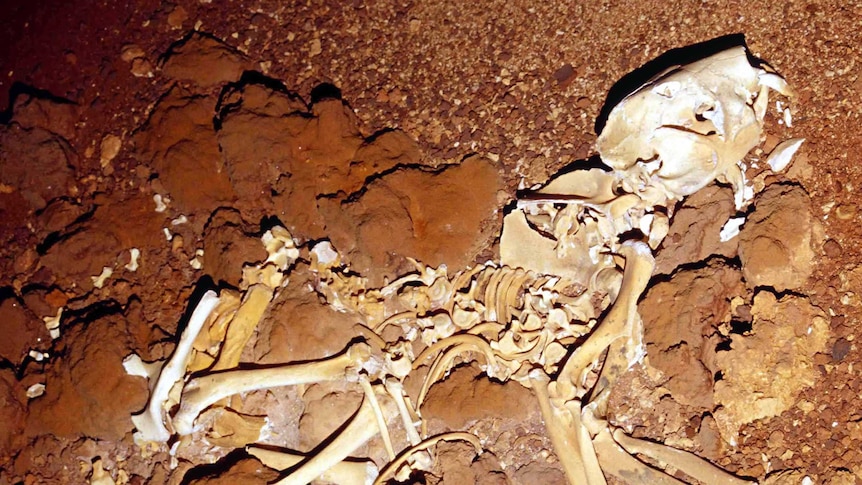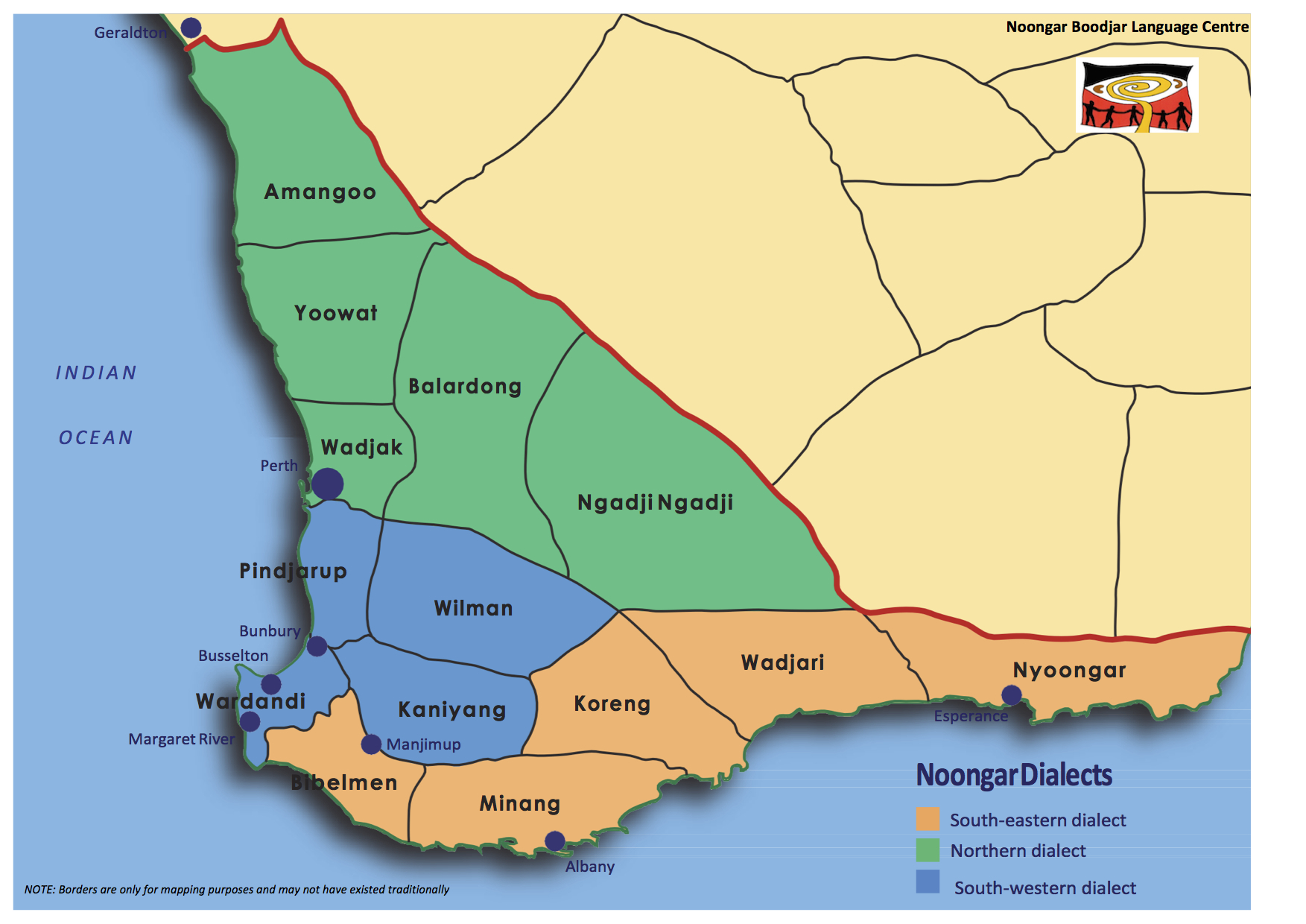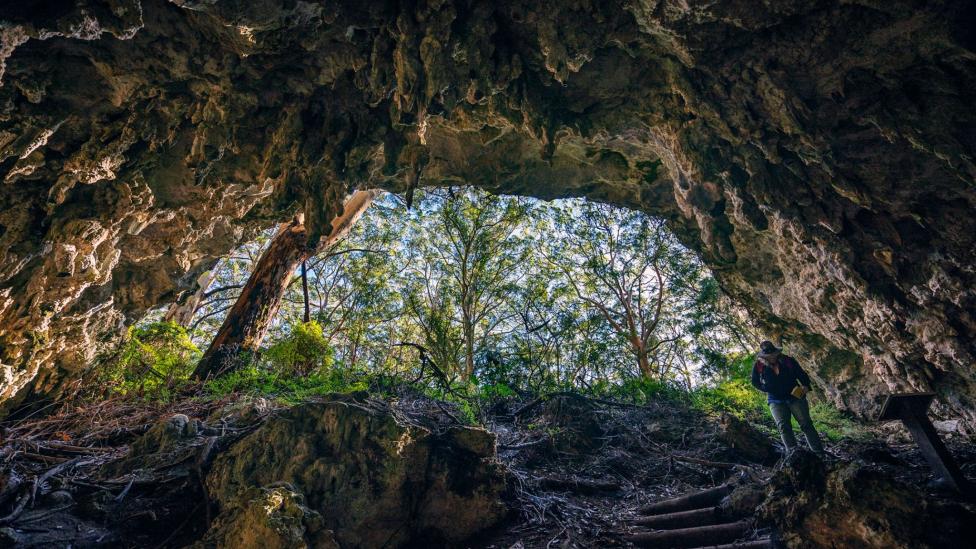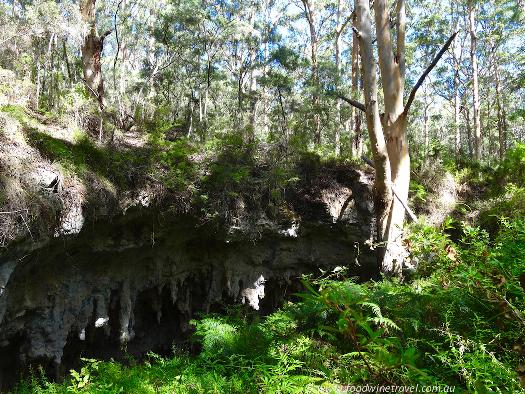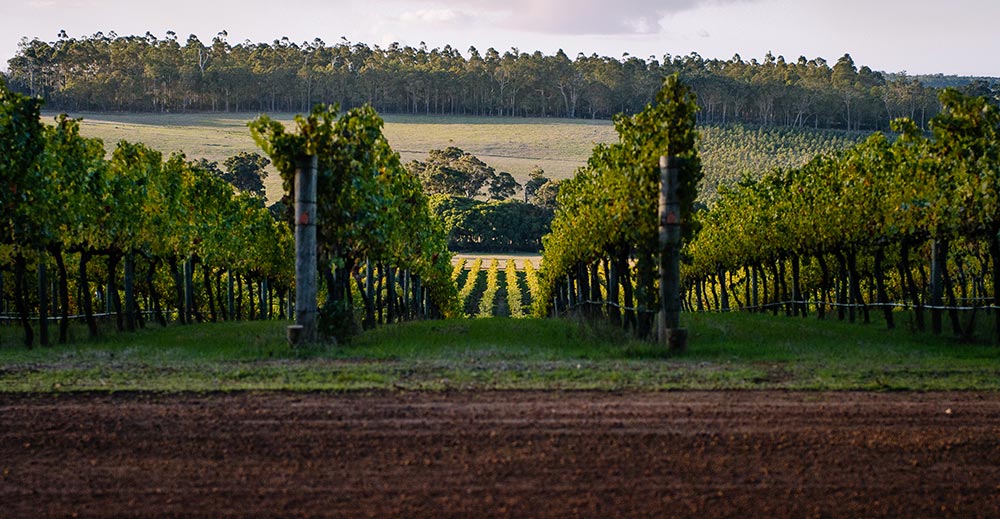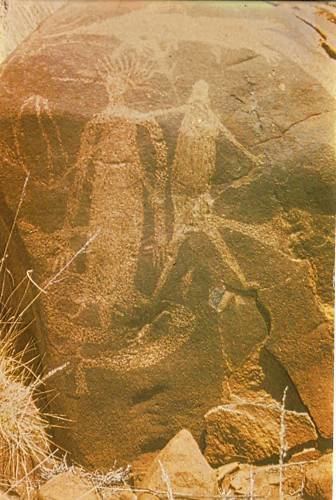
AsianOverland.net
Tour Guide - Itinerary
Asian Overland Sydney to London
Started 22/06/2022 Finished 21/06/2023365 Days ITINERARY
Day 14 date 05/07/2022NORTHAM to DEVILS LAIR, MARGARET RIVER
ASIANOVERLAND.NET SYDNEY TO LONDON DAY 14: NORTHAM TO DEVILS LAIR, MARGARET RIVER
Leeuwin-Naturaliste National Park is in the South West region of Western Australia, 267 km south of Perth. It is named after two locations at either end of the park which have lighthouses, Cape Leeuwin in the south, and Cape Naturaliste in the north, near Busselton (where the late, great Gary Hayes, my Top Deck 1980 overland driver, was born).
The main road running north to south in the Margaret River region contains some of the best vineyards in the world, but is named Caves Road for good reason – it contains many of the best caves in the world. Mammoth Cave has been studied for over a century, and contains fossils of extinct thylacines, giant marsupials, and other animal fossils over 35,000 years old.
Devil's Lair is a single-chamber cave with a floor area of 200 m2 that formed in dune limestone of the Leeuwin–Naturaliste Ridge, 5 km from the modern coastline of Western Australia. The cave floor deposit consists of sandy sediments with more than 100 distinct layers. Since 1973, excavations have concentrated in the middle (north-west, south-east axis) of the cave, where 10 trenches have been dug. Archaeological evidence for human occupation extends down to layer 30, with hearths, bone, and stone artefacts found throughout. The site is proof of human habitation of Southwest Australia 50,000 years ago.
Excavations have recovered stone artefacts, tools, numerous animal bone remains, hearths, bone artefacts and human skeletal remains.
Preservation of cultural materials has been very good and a long, well dated cultural sequence has been documented. The diversity of evidence from Devil's Lair is an unusually valuable record of the cultural and natural history of southwestern Australia.
The site is named for the remains of the locally extinct Tasmanian devil Sarcophilus harrisii, their own bones and those of the animals they had fractured when consuming them at the site. The site’s importance was recognised after a review of tooth specimens of kangaroo species collected at the site discovered a human tooth was included among the so-called kangaroo tooth samples.
Several different techniques of dating have been used at Devil's Lair to show that human occupation began at least 50,000 years ago. This ranks it among the earliest sites in Australia and an important source of information about the timing and character of the first humans living in Australia.
Excavations at Devil's Lair have included early human ornaments in the form of ground bone beads dating to 19,000 years ago. These beads were made from the limb-bones of macropods (marsupials, kangaroos and wallabies) and were manufactured by cutting the bone shafts into short segments and grinding them smooth on abrasive stone. A deliberately perforated stone object with wear patterns showing its use as a pendant dated to 14,000 years ago, has also been recovered from Devil's Lair.
The Margaret River area was known as Wooditchup to the Noongar people, who have lived in the area for at least 50,000 years. Despite the settlement of Europeans in the area, the Noongar people continue to hold their connection with Margaret River and southwestern Australia.
© This work is copyright. Apart from any use permitted under the Copyright Act 1968, no part may be reproduced by any process, nor may any other exclusive right be exercised, without the permission of Peter Searle, peter@portseavillageresort.com; 1980-2024.
Website built by Justin O’Dea www.webdeveloperdocklands.com.au
